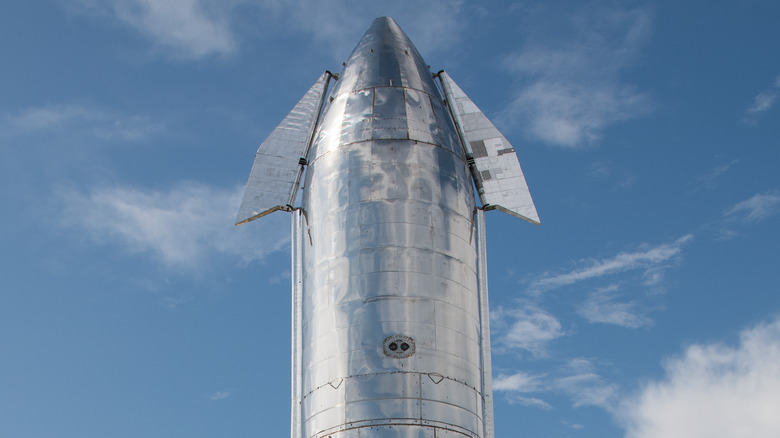How Many People Can Fit Into SpaceX's Starship?
On April 20, 2023, SpaceX's Starship fired up the most powerful rocket man has ever built at its Starbase facility in South Texas. This first flight test not only damaged the launchpad, but several of Starship's engines malfunctioned a few minutes into flight, and it began to lose altitude. The ship's self-destruct mode engaged and caused the craft's "rapid unscheduled disassembly."
Despite all that, Elon Musk said the test went mainly according to plan and even exceeded their expectations. He claimed that the pad damage was minor and they could probably turn around another test flight within two months. However, Starship will remain earthbound until the FAA determines the root cause of the explosion, which could take months.
Borrowing a phrase from Neil Armstrong, this could be one of those "small step for man, giant leap for mankind" moments looked back on. While it may take a few years for Elon Musk's Space Exploration Technologies Corporation to iron out all the kinks of Starship, and regardless of Musk's business acumen or practices, this is only the beginning for SpaceX.
Starship is a fully reusable transportation system capable of carrying astronauts and cargo not only into orbit, but to the Moon, Mars, and eventually further. It can even be used to shuttle crew and goods to any point on the Earth in less than an hour. The full height of the two stage ship — with its massive Super Heavy rocket — is 394 feet tall, with a 29.5 foot diameter.
To Infinity (or at least Mars) and beyond
33 SpaceX raptor engines power the first booster stage, and comprise 226 feet of that overall length. The second spacecraft stage of Starship is 164 feet long and is where the crew and payload are housed. This section can carry up to 150 metric tons, and as many as 100 people.
A trip to Mars will take a journey, as the average one-way distance between here and there is about 140 million miles. The most fuel-efficient method of performing an Earth-Mars trip is using a single rocket burn that puts the ship into an elliptical transfer orbit, also called the Hohmann transfer. This method essentially lines up the trajectory of the spacecraft with the gravitational orbit of Mars, propelling the rocket with the Red Planet's own orbit — using less rocket fuel.
This would take a craft about 259 days (eight-to-nine months) to complete. However, SpaceX claims it can make the trip in six months. The trick here is that the launch window for a Hohmann transfer only appears every two years or so due to the differences in the planet's respective orbits around the Sun.
In 2020, Musk stated that he wanted to build a city on Mars with a population of one million people by 2050, and hoped to make enough Starships to launch three a day (or 1,000 flights per year). In March 2022, he predicted that we'd be on Mars by 2029.

